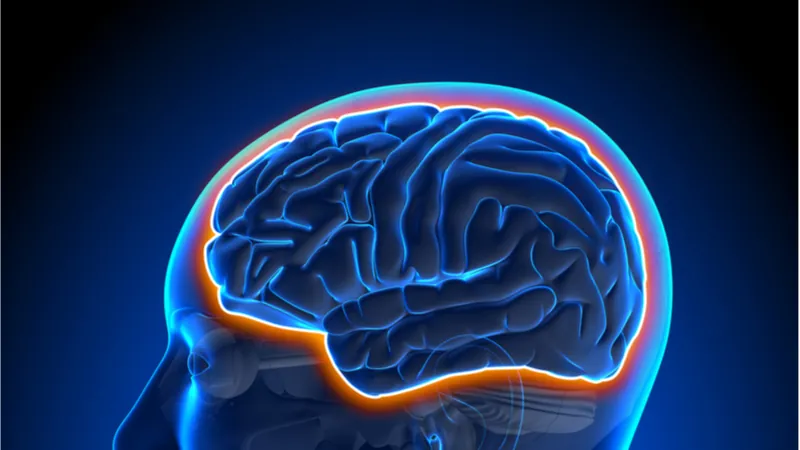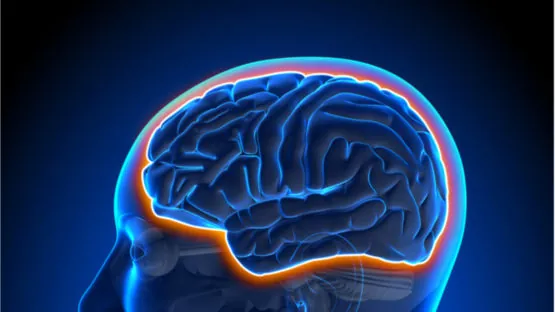The mechanisms at work in the blood-brain barrier change with age, affecting the selectivity of this vital interface.
The blood-brain barrier
The blood-brain barrier is a layer of cells in the blood vessels of the brain that prevents molecules in the blood from crossing into the central nervous system. Selective transport across the barrier is important both to keep out pathogens and to maintain normal brain function, as malfunction of the blood-brain barrier is associated with a range of diseases, such as Alzheimer’s and meningitis.
For over 100 years, scientists have used tracer molecules to probe the blood-brain barrier. This research has shown that the barrier is impermeable to most macromolecules. However, previous studies have not explored how permeable the barrier is to the thousands of endogenous proteins floating in our blood.
How proteins get across
A team of researchers investigated precisely that question in a new study published in Nature [1]. The team used isotopes and fluorescent markers to label hundreds of proteins in the plasma of mice and then tracked their movement across the blood-brain barrier. They found that plasma proteins readily cross the barrier but that the process is controlled by a complex system of regulators. Using single-cell RNA sequencing, they identified genes correlated with enhanced or inhibited uptake, such as the transferrin receptor TFRC and the alkalaine phosphatase ALPL.
By carrying out the tests in both young and old mice, the researchers were able to spot a change in the performance of the blood-brain barrier with age. Roughly half as many plasma proteins crossed the barrier in older brains. This was linked with the down-regulation of genes related to uptake in older mice. Based on these findings and some transport experiments, the researchers concluded that receptor-mediated transport across the barrier decreases in older mice. At the same time, transport via lipid rafts increases. This change causes a shift from specific to non-specific transport, altering the selectivity of the blood-brain barrier.
Restoring the balance
The researchers also investigated the possibility of reversing these changes in order to help keep the brain healthy. The ALPL gene came up in their list as an inhibitor of TFRC, which promotes receptor-mediated transport. Treating aged brain cells with an ALPL blocker increased the expression of TFRC and made the cells better at taking up plasma. While this is still a far cry from fixing the problem, it demonstrates the potential of pharmacological intervention.
The vascular interface of the brain, known as the blood–brain barrier (BBB), is understood to maintain brain function in part via its low transcellular permeability. Yet, recent studies have demonstrated that brain ageing is sensitive to circulatory proteins. Thus, it is unclear whether permeability to individually injected exogenous tracers—as is standard in BBB studies—fully represents blood-to-brain transport. Here we label hundreds of proteins constituting the mouse blood plasma proteome, and upon their systemic administration, study the BBB with its physiological ligand. We find that plasma proteins readily permeate the healthy brain parenchyma, with transport maintained by BBB-specific transcriptional programmes. Unlike IgG antibody, plasma protein uptake diminishes in the aged brain, driven by an age-related shift in transport from ligand-specific receptor-mediated to non-specific caveolar transcytosis. This age-related shift occurs alongside a specific loss of pericyte coverage. Pharmacological inhibition of the age-upregulated phosphatase ALPL, a predicted negative regulator of transport, enhances brain uptake of therapeutically relevant transferrin, transferrin receptor antibody and plasma. These findings reveal the extent of physiological protein transcytosis to the healthy brain, a mechanism of widespread BBB dysfunction with age and a strategy for enhanced drug delivery.
Conclusion
This study identifies and characterizes yet another way the body eventually begins to malfunction. Mice are not humans, of course, but if the results hold in human cells, we’ll have one more piece of the aging puzzle. With this groundwork in place, researchers can look into ways to prevent or reverse this process, keeping the barrier from malfunctioning so that the brain can stay healthy.
Literature
[1] Yang, A.C., Stevens, M.Y., Chen, M.B., Lee, D.P., Stähl, D., Gate, D., … Wyss-Coray, T. (2020) Physiological blood-brain transport is impaired with age by a shift in transcytosis. Nature, doi:10.1038/s41586-020-2453-z




